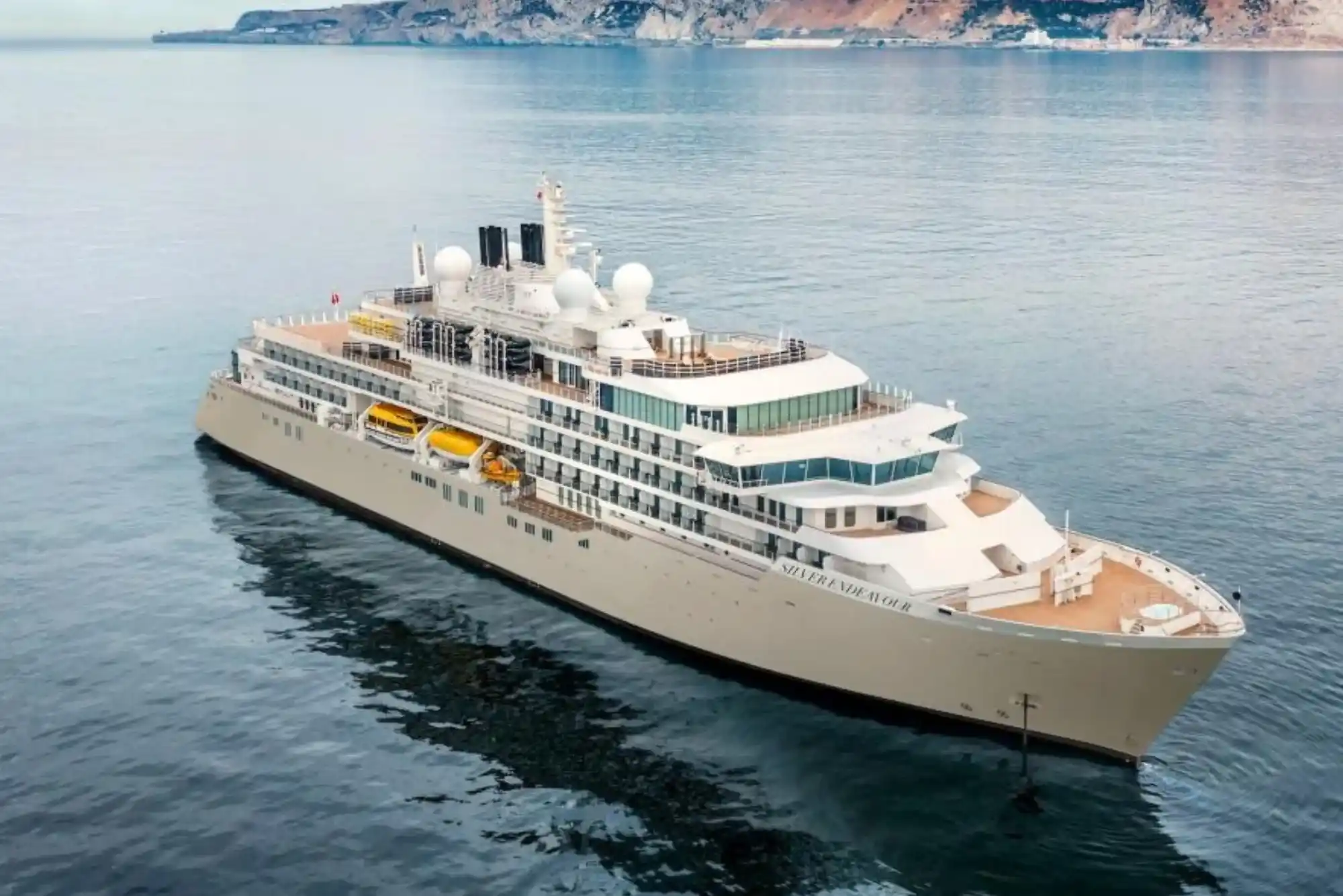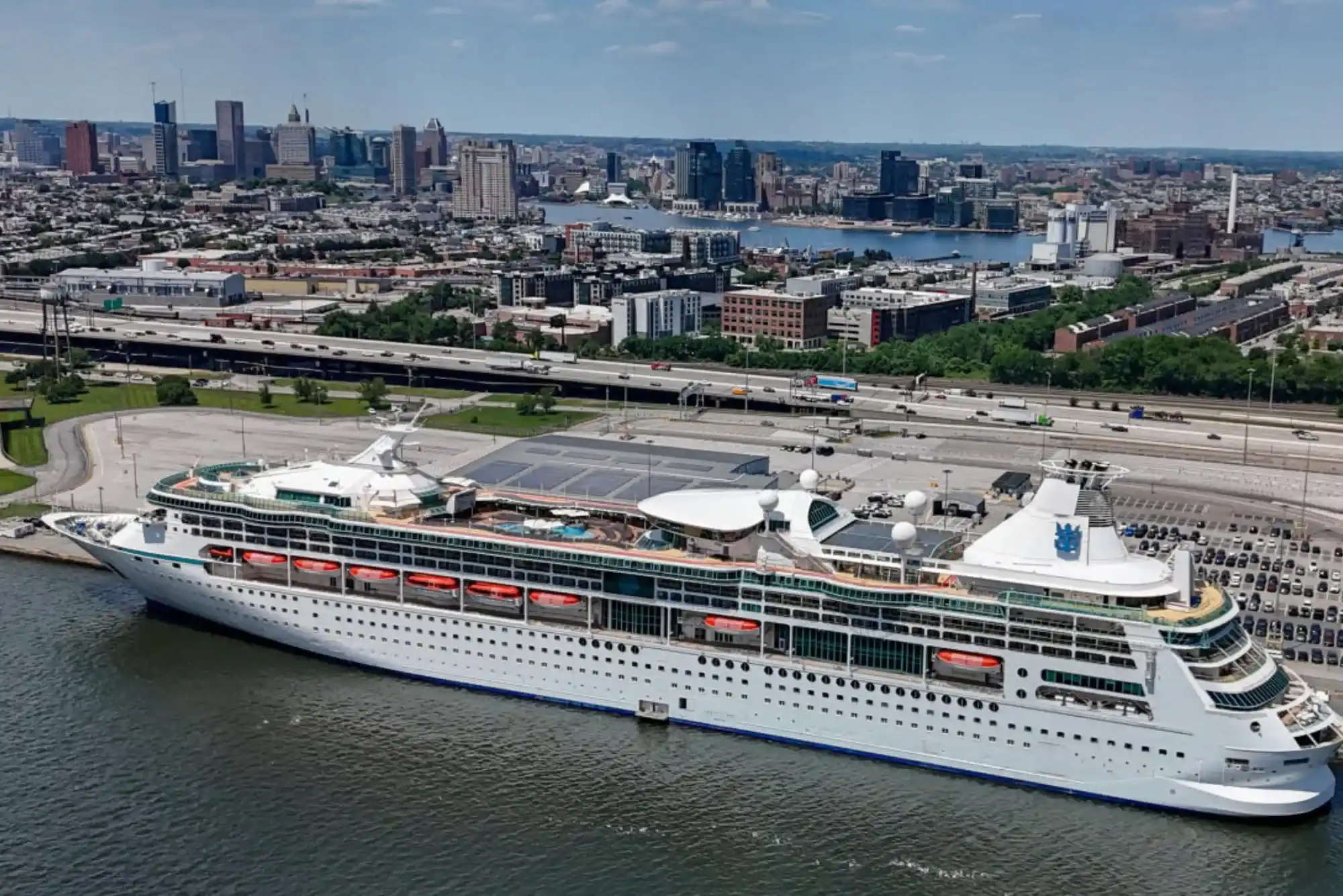The Altador Coast, with its rich history and vibrant maritime culture, has long been home to an array of ships, from merchant vessels to majestic naval ships. The region, which lies along a stretch of ocean dotted with scenic islands and rugged shores, is known not only for its natural beauty but also for the ships that have shaped its economy, culture, and way of life. In this article, we will explore the significance of the ships on the Altador coast, their historical importance, the types of ships found in this region, and their impact on the local economy and the communities that thrive along the shores.
Historical Significance of the Altador Coast
The Altador Coast has a deep maritime history that dates back centuries. In ancient times, ships played a crucial role in the survival and prosperity of coastal communities. The coastal area was often used as a trading hub, facilitating the movement of goods and ideas across vast distances. The sea routes that passed along the Altador Coast connected distant civilizations, fostering cultural exchanges and the sharing of technology.
Over the years, the ships on the Altador Coast evolved, with early wooden vessels giving way to steam-powered ships and eventually to modern-day merchant and military ships. This transformation reflects not only advancements in shipbuilding but also the growing influence of the Altador Coast as a center for maritime activity.
Today, the coast still attracts numerous visitors, including tourists, traders, and seafarers, who continue to rely on the region’s waters for their livelihoods.
Types of Ships Found on the Altador Coast

The ships on the Altador coast come in various shapes and sizes, each serving a specific purpose within the region. Below are some of the primary types of ships commonly found in the waters of Altador:
Merchant Ships
These ships are the backbone of the region’s economy, responsible for transporting goods such as spices, textiles, and precious metals across long distances. Merchant ships are designed for cargo transport, and their large holds are ideal for carrying bulky and heavy items. They are usually equipped with advanced navigation tools to safely travel through the sometimes treacherous waters surrounding the Altador Coast.
Naval Ships
The Altador Coast has a long-standing tradition of naval power, with ships designed for both defense and international diplomacy. Naval ships vary in size and capability, from smaller patrol vessels to larger warships. These ships are crucial for safeguarding the coast against potential threats and for maintaining the country’s territorial integrity in the vast ocean.
Fishing Vessels
Fishing has always been an integral part of the Altador Coast’s economy. Local fishing vessels are designed to withstand the harsh conditions of the sea while supporting the daily harvesting of fish and other marine life. These boats are often small but highly efficient, equipped with specialized tools for catching and preserving seafood. Many of the local communities depend on these vessels for their livelihood, and fishing remains one of the main industries along the coast.
Tourism Ships
The Altador Coast, with its stunning scenery, islands, and historical landmarks, is a popular destination for tourists. Cruises and leisure vessels are frequently seen sailing along the coast, offering passengers the opportunity to explore the region’s rich culture and natural beauty. These tourism ships range from luxurious cruise liners to smaller yachts, and they contribute significantly to the local economy by promoting tourism.
Research Vessels
In recent decades, research ships have become more common along the Altador Coast. These vessels are used by scientists and researchers to study the marine ecosystem, monitor ocean health, and explore the underwater world. Research vessels are often equipped with advanced technology to collect data on sea life, water quality, and geological formations beneath the surface.
The Impact of Ships on the Altador Coast’s Economy
The presence of ships on the Altador Coast is a critical factor in the region’s economic health. The coast’s strategic location, combined with its well-developed maritime infrastructure, has allowed it to thrive as a center for trade, industry, and innovation. Ships, both commercial and military, are central to this ongoing prosperity.
Trade and Commerce
The shipping industry remains the lifeblood of the Altador Coast’s economy. Merchants rely on ships to transport goods to and from other regions, providing access to international markets. The port cities along the Altador Coast serve as bustling hubs for commerce, where goods from all over the world are unloaded, sorted, and redistributed. This trade not only creates jobs but also brings in revenue that helps support the region’s infrastructure and public services.
Job Creation and Employment
The shipping industry on the Altador Coast supports a wide range of jobs, from shipbuilders and sailors to port workers and administrative staff. The local economy benefits from the diversity of employment opportunities created by the maritime sector. Additionally, industries related to shipping, such as ship repair and maintenance, logistics, and insurance, provide further employment and contribute to the region’s economic stability.
Tourism
As mentioned earlier, tourism is a major contributor to the Altador Coast’s economy. Ships play a crucial role in this sector by bringing in tourists who want to explore the coastline’s natural beauty and historical sites. Cruise ships, in particular, provide visitors with a chance to experience the coast in comfort and style, often stopping at various ports along the way for excursions and sightseeing. The presence of these ships boosts the hospitality industry, creating a demand for hotels, restaurants, and cultural attractions.
Environmental Considerations of Maritime Activity

While the economic benefits of ships on the Altador Coast are undeniable, there are also environmental considerations that need to be addressed. The impact of maritime traffic on the region’s delicate ecosystem can be significant, with issues such as oil spills, pollution, and habitat destruction often coming to the forefront of environmental concerns.
Pollution Control and Conservation Efforts
Many ships passing through the Altador Coast’s waters are responsible for the release of harmful pollutants into the ocean. This includes oil spills, waste, and other chemicals that can damage marine life and ecosystems. However, there are efforts underway to minimize these impacts through stricter regulations and the implementation of cleaner technologies. Research ships, for example, often lead conservation efforts by studying the health of the oceans and providing data that helps guide environmental policy.
Table: Types of Ships on the Altador Coast
| Ship Type | Purpose | Typical Features |
|---|---|---|
| Merchant Ships | Transport of goods across regions | Large holds, cargo capacity, advanced navigation |
| Naval Ships | Defense, patrol, and international diplomacy | Armor, weapons, advanced radar and communication |
| Fishing Vessels | Harvesting seafood from the sea | Small, durable, equipped with fishing gear |
| Tourism Ships | Facilitating tourism, cruising along the coastline | Luxury features, entertainment, sightseeing areas |
| Research Vessels | Scientific exploration of marine life and ecosystems | High-tech equipment, underwater research tools |
Frequently Asked Questions (FAQs)
1. What kinds of ships operate on the Altador Coast?
The ships on the Altador coast include merchant vessels, naval ships, fishing boats, tourism ships, and research vessels. Each serves a specific function, contributing to the region’s economy and daily life.
2. How do ships impact the Altador Coast’s economy?
Ships are essential to the Altador Coast’s economy by facilitating trade, creating jobs, and promoting tourism. The maritime sector helps sustain the region’s infrastructure and public services.
3. What environmental challenges are posed by ships on the Altador Coast?
Ships can contribute to pollution, such as oil spills and waste, which can damage marine ecosystems. Efforts are being made to mitigate these effects through regulations and technological innovations.
4. How has the Altador Coast’s maritime industry evolved?
The Altador Coast’s maritime industry has evolved from wooden ships to modern vessels powered by steam and engines. This evolution reflects technological advancements in shipbuilding and the growing importance of the region in global trade.




